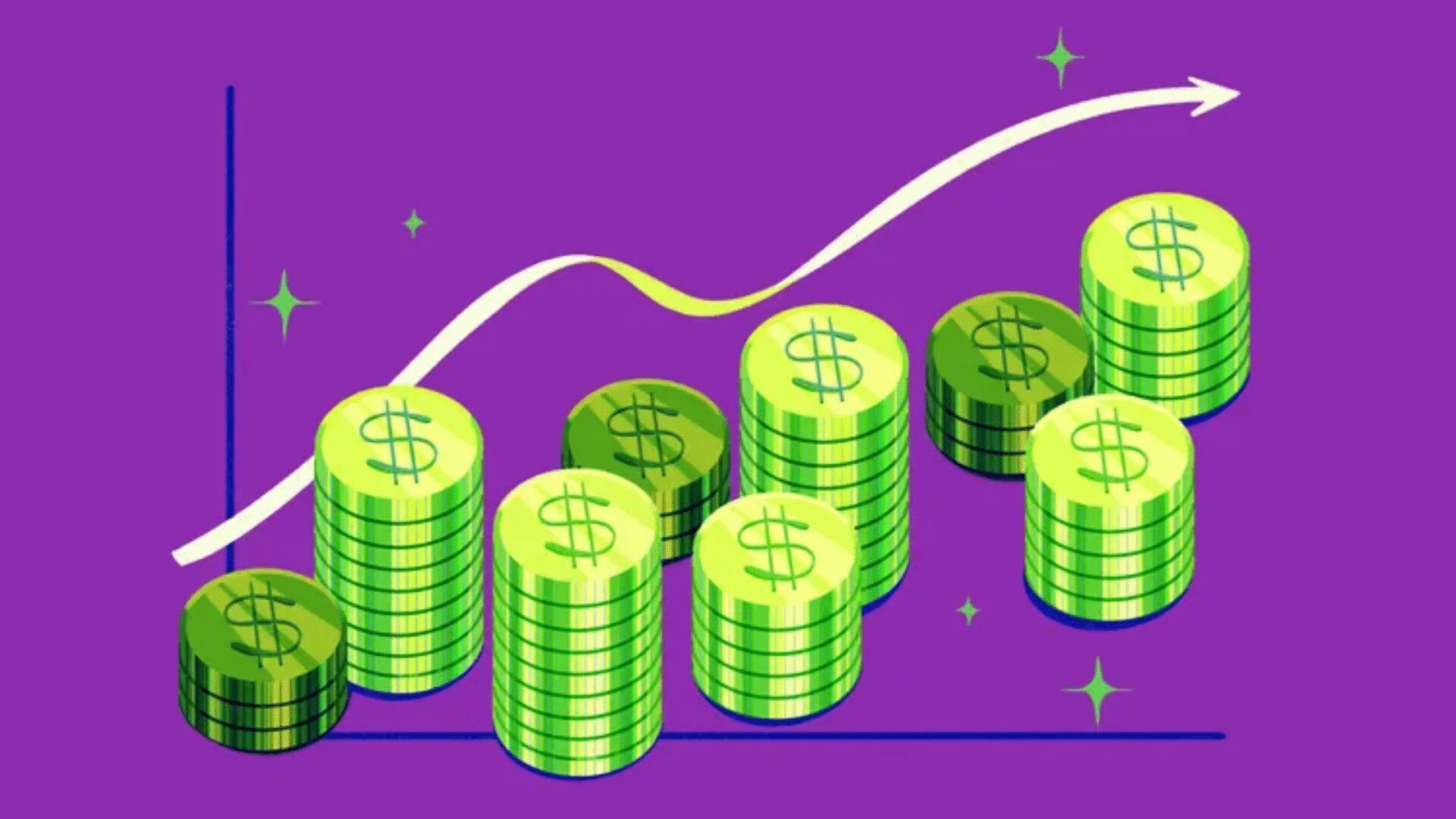When it comes to personal finance, two words always come up: saving and investing. They might sound similar, but they play very different roles in shaping your financial future.
Saving is about protecting your money and keeping it within reach. Investing is about growing your money and building wealth over time. Choosing between them isn’t about picking one “winner.” It’s about knowing when to save and when to invest so your money works for you in the smartest way possible.
In this blog post, I’ll break everything down step by step: what saving really means, how investing works, their pros and cons, when to use each, and how to find the right balance between the two.
What Is Saving?
Saving means setting aside money for future use without exposing it to significant risks. It usually involves putting your cash in a safe, accessible place like a savings account or fixed deposit.
The main goal of saving isn’t to grow your money fast but to protect it and keep it available when you need it.
For example, let’s say you earn ₦150,000 a month. You decide to save ₦20,000 every month in a regular bank savings account.
Over the course of a year, you’ll have ₦240,000 saved, plus a little interest. If something unexpected happens, like a medical bill, car repair, or rent increase, you can easily tap into this fund.
Pros of Saving
- Security: Your money is safe and not affected by market fluctuations.
- Liquidity: You can withdraw it quickly when emergencies or opportunities come up.
- Good for short-term goals: Perfect for saving for something in the near future, like rent, tuition, or a trip.
Cons of Saving
- Low returns: Bank savings accounts don’t earn much interest.
- Inflation eats value: Over time, your savings may lose purchasing power.
- Limited growth: Saving alone won’t build wealth in the long run.
>>RELATED: 14 Ideas To Save More Money Every Month
What Is Investing?
Investing is putting your money into assets like stocks, bonds, real estate, mutual funds, or businesses with the expectation that it will grow over time. Unlike saving, investing involves risk, but it can lead to much higher returns in the long run.
For example, suppose instead of saving ₦20,000 each month, you invest that amount in a low-cost index fund that earns an average of 8% annually. After five years, your total contributions of ₦1.2 million could grow to roughly ₦1.45 million, thanks to compound growth, where your returns also earn returns.
Pros of Investing
- Higher potential returns: Investing can grow your money significantly over time.
- Beats inflation: Your investments can outpace rising prices.
- Builds long-term wealth: Ideal for retirement, buying property, or achieving financial freedom.
Cons of Investing
- Risk of loss: Market downturns can temporarily reduce the value of your investments.
- Less liquidity: You may not be able to access your money immediately.
- Requires knowledge and patience: You need to understand what you’re investing in and be willing to wait for growth.
When to Save and When to Invest
You don’t have to pick one over the other forever. The smartest financial strategy involves saving first, then investing. Here’s how to think about it:
Firstly, save when you don’t have an emergency fund. You should aim to save at least 3–6 months of living expenses.
Also, you save when your goal is short-term. For example, rent due in three months, school fees, or a planned trip.
After that, invest once your emergency fund is secure. That’s when you can afford to take calculated risks to grow your money.
You invest when your goals are long-term, like retirement, buying a house, or building wealth for the future.
Think of saving as your financial shield and investing as your financial engine.
Which Is Riskier: Saving or Investing?
On the surface, investing seems riskier because its value can go up and down with the market. Saving feels “safe” since the money is just sitting in your account. But here’s the catch:
- Saving comes with hidden risks. Over time, inflation reduces the value of your savings. ₦100,000 today won’t have the same buying power in five years if prices keep rising.
- Investing comes with market risks. The value of your investments can dip, especially in the short term. But if you stay invested for the long run and diversify wisely, your money can grow far more than it ever would in a savings account.
In short, Saving equal safer short term, weaker long term. While investing equal riskier short-term, stronger long-term.
Frequently Asked Questions (FAQs)
Why Do Some People Prefer to Save Rather Than Invest?
Many people prefer saving because it feels familiar, simple, and secure. Investing can seem complicated or intimidating, especially if you’ve never done it before.
Some also fear losing money in the market. Saving offers immediate peace of mind, even if it doesn’t build much wealth.
How Much Money Should Be Saved vs. Invested?
A common rule of thumb is the 50/30/20 rule:
- 50% of your income goes to needs (rent, food, bills),
- 30% to wants (leisure, lifestyle),
- 20% to saving and investing.
In practice, you might save first to build an emergency fund. Once that’s secure, start shifting a portion of that 20% into investments for long-term growth.
Why Do Some People Struggle With Investing?
Many people struggle with investing because of fear, lack of knowledge, or the belief that it’s only for “rich” people. But the truth is, anyone can start small and learn over time.
Free resources, investment apps, and beginner-friendly platforms have made it easier than ever to get started.
Conclusion
Saving and investing aren’t rivals; they work best together. Saving gives you stability and peace of mind. Investing gives you growth and the chance to build real wealth.
Don’t let fear or lack of experience hold you back; even small steps can create big results over time. Your financial future should not be built on luck.
It should be built on smart, consistent decisions. So save wisely. Invest intentionally and give your future self something to thank you for.
>>MUST-READ: 6 Habits Preventing You From Saving More Money






